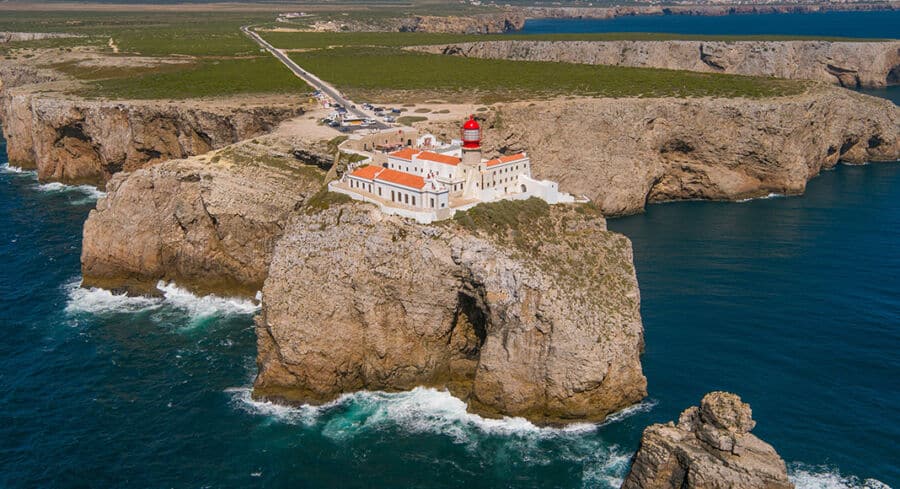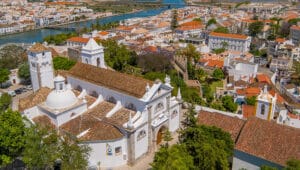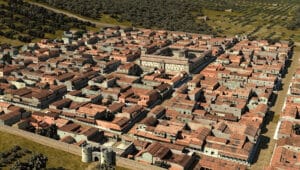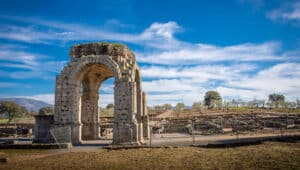The myth that surrounds the site of Sagres would be amusing if it were not so outlandish. Tourist brochures, superficial writings on the Algarve, even the United States Power Squadrons organisation, which placed a plaque there, display total ignorance of the purpose and history of the site.
First, there was never any “navigational school” in the 15th century at Sagres. There was never any “navigational school” there at any time, neither under Prince Henry the Navigator nor anyone else. Besides the fact that no one would have found a “school” in such an out-of-the-way site, the “theory of navigation” in the 14th century (based on the compass and the mariner’s astrolabe) could probably be taught in an afternoon. To practice the theory, one then went out to sea.
Associated with this non-existent school is the myth that Prince Henry had his palace there. While we are not certain exactly where he did build his home, we do know that it was probably much closer to Lagos.
And then there is the wind rose on the grounds of the fort. A wind rose represents the four cardinal points of the compass, and points of division in between; so, a wind rose would have four or eight, or 16 or 32 (or possibly 64) parts.
The wind rose at Sagres, first uncovered in 1919, has 48 divisions, unlike any other known wind rose! And the divisions, which should be 7.5o, are not even. Furthermore, if a wind rose were ever needed, a more accurate one could be drawn on paper in less than five minutes. The one at Sagres is just someone’s bad attempt at decoration.
Sagres was never the jumping off point for the expeditions that Prince Henry sent down the coast of West Africa. Sagres is not a port – it is either cliffs (as around the promontory) or beach (on the east side), neither of which allow for ocean-going ships to anchor and provision before a voyage. The early expeditions left from Lagos (closer to Prince Henry’s base), which has a decent harbour along the river mouth (later expeditions left from Belém, on the Tagus.)
The fort at Sagres (as it now stands) is late – 17th and 18th century (finished after the 1755 Earthquake) given its design to deflect the cannon power of the day. There seems to have been some defensive works (against pirates) from at least the 15th century; what existed in late 16th century was sacked by Francis Drake.
Sagres was important for sailing ships, but for an entirely different reason. The problem of sailing from the eastern Algarve or southern Spain or the Straits of Gibraltar is that strong winds from the west could blow ships trying to round Cape Saint Vincent onto the rocks and wreck them (one can see how strong the west winds are by the way that the trees around Sagres all bend to the east).
So, whenever the winds were excessively strong from the west, ships had to wait before attempting to move on. They naturally took shelter in the lee of the promontory at Sagres, a natural windbreak. They could anchor offshore, perhaps row ashore to load some fresh water, wait for a change in the weather, and then – when conditions were favourable – sail out and around the Cape and on to the north or northwest.
It was for this reason that sailors knew of Sagres, and its importance, even though most probably never went ashore there.
Many years ago, I met a man whose uncle had been a director of the Sagres Beer Company and who once complained to Salazar about the myth. We know there was never any school there, he said; can’t we just make that plain and scrap all this misinformation? Salazar smiled: “But the people love it!”
It may have been good politics, but it is bad history.
By Ron B. Thomson




























